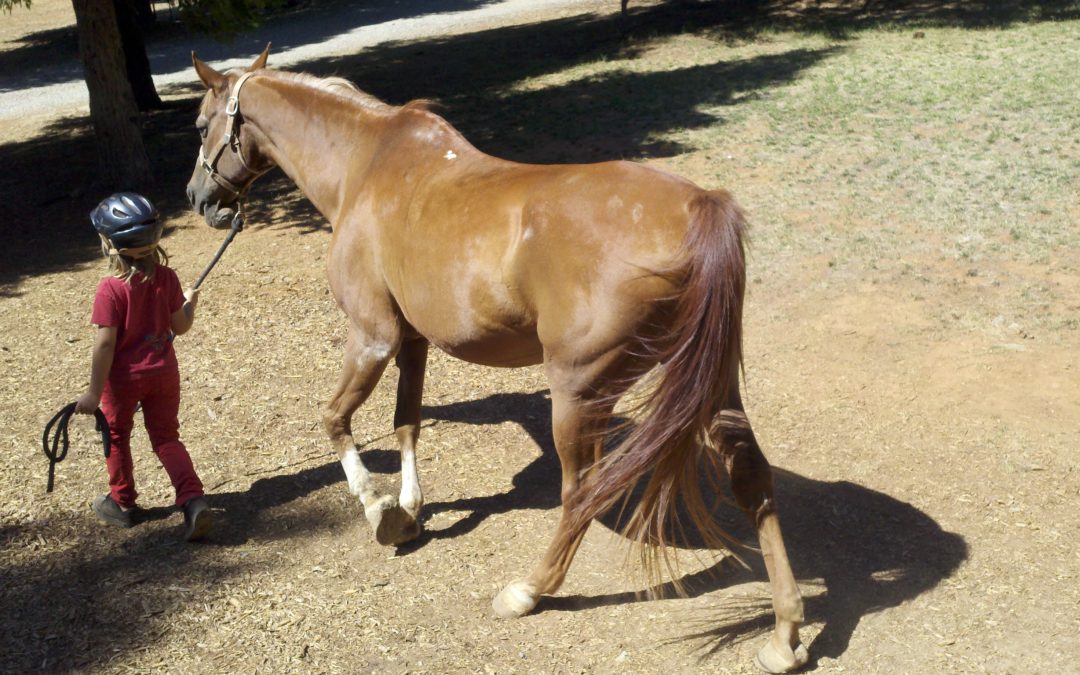“Not-knowing is true knowledge.
Presuming to know is a disease.
First realize that you are sick;
then you can move toward health.
The Master is her own physician.
She has healed herself of all knowing.
Thus she is truly whole.”
Tao-Te-Ching 71
David White says in his poem “Self Portrait”:
“I want to know
If you are prepared to live in the world
With its harsh need to change you”
A colleague noticed how a moment of not knowing what to do during a therapy session, can lead to a sense of powerlessness. Sooner or later that (unconscious) feeling leads further to acting harshly, by following a fixed idea, a known method or telling the client what he or she should do.
Not knowing is the natural state of things, yet most of the time one does not remember that. Going through the long training as a therapist and often experiencing the projection of clients, the therapist feels pressure to know something and know “what to do”.
Clients come to therapy with pain and a desire to change and they expect the therapist to play a role in that change. Thus, when faced with the reality of not knowing what to do, or even not knowing what exactly is going on, the therapist feels a lot of pressure. That pressure is both external, from the client projections and internal, from the therapist own inner critic. The therapist inner critic might say things like: “you did not learn what they taught you at school”, “you do not deserve to be a licensed professional”, “so and so would surely know what to do”, “you are a lousy therapist”.
When these inner voices are mostly unconscious, the inevitable result is feelings of shame and powerlessness. These feelings are toxic, in the sense that shame leads to deeper powerlessness and powerlessness feeds shame.
The more aware therapist can try to embrace both these feelings. First, accept and normalize the not knowing by inviting curiosity. Not knowing is the source of all knowledge as it propels inquiry and research. That kind of attitude requires trust that all the resources are available in the present moment. It requires some trust in oneself and a sense of safety. The more aware therapist recognizes not knowing and treats it as an old friend or even as a god. The therapist remains open to the possibility that a new insight or learning is about to emerge.
This might sound simple yet it is surely not easy and requires an ongoing practice. Recognize the sense, even if vague, of not knowing, name it clearly, look for inner and outer resources that promote safety and turn with positive attitude towards the lack of knowing or the emptiness of the moment.
In practice that might mean tolerating long silences and helping the client to tolerate silence. It might mean asking the client a clarifying question, or checking with the client if the current understanding of the therapist matches what they were trying to express. It is helpful to remind oneself that clear expression of feelings is an art that comes with practice. It is one of the therapist’s roles to help clients develop their skills of naming feelings and expressing them.
When there is not enough awareness or acceptance of the not knowing, the shame and powerlessness become intolerable. Depending on the individual psychology and history, some old traumatic memory or even a frightening birth experience can be invoked unconsciously. There is an existential fear that translates into something like “if I don’t do something right now I will be annihilated”. Naturally, under such threat there is not much choice and the body comes up with some action. Surely there is a memory store of suggested interventions from the therapist’s training and experience and it is expressed or executed with harshness. The harshness emerges from the inner conflict between the shame that tries to make the therapist small and unnoticed, and the fear or terror that forces the therapist to act. When these two forces break out of their locked conflict, there is no harmony to the manifestation. The fear overcomes the shame and acts unconsciously and forcefully.
The more aware option requires to slow down first, and name the feelings. Once one is aware of the powerlessness, there are resources that can help being with it. Again, safety is necessary before any further move. First, one needs to remind oneself that one is a skilled and good enough therapist. It can be useful to internalize the voice of a colleague, a teacher or a supervisor that actually conveyed such feedback.
It might be useful to develop the habit of questioning whether to intervene at all, before taking any action. I like to quickly assess whether the client can benefit from the coming intervention. All this might sound complicated or lengthy, yet with practice it takes but a second or two. It can be useful to involve the client by asking: “where do you think we should go from here?” or “what in your sense we should focus on now?”
“In pursuit of knowledge,
every day something is added.
In the practice of the Tao,
every day something is dropped.
Less and less do you need to force things,
until finally you arrive at non-action.
When nothing is done,
nothing is left undone.
True mastery can be gained
by letting things go their own way.
It can’t be gained by interfering.”
Tao-Te-Ching 48

